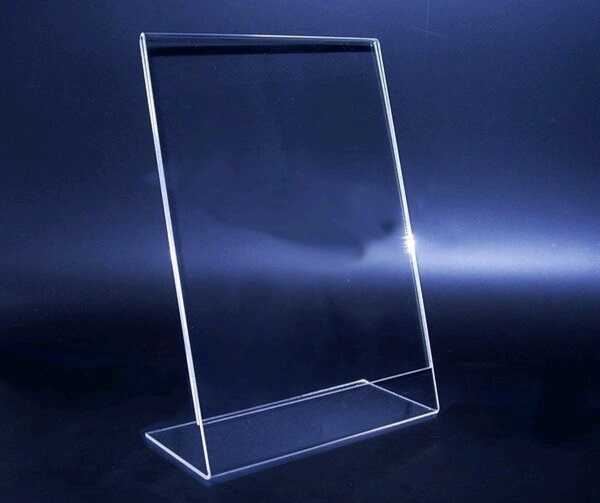Mica engraving is the process of marking metal surfaces with a design. The design may be traced on paper (removable with Acetone), a photo, or transferred using chemicals.
The shape, style materials, and value of the object are all factors that engraving artists take into consideration when choosing objects to engraving. Engravers consider the use of the object.
Traditional Mica Engraving
The standard method of mica engraving is to cut a composition onto a metal plate (usually copper or zinc). Burins are used by an engraver for cutting the surface of a metal plate. The designs are then etched on the plate, and the mica ground is then applied to create a cover for the lines. The etched plate is passed through a press, using the help of a damp sheet and causes the lines to be transferred from the plate to the paper.
Engravers employ a variety of tools, including jeweler’s knives that have different tips that cut different kinds of grooves in the process of designing. A vise is used to support the object they are working on. This is to stop the object from being moved by pressure. An experienced engraver should have a steady eye-hand co-ordination to ensure accuracy.

Mica, a mineral which is found in nature is used in a variety of ways. The durability and beauty of mica make it an ideal option for flooring, countertops and many other surfaces. It’s also a more affordable alternative to natural materials like stone or wood.
Mica is tinted with a variety of colors to create glittering effects for arts and crafts. It’s also a common ingredient in DIY gilding kits. The waxes are used to accent ornate moldings or carvings, and also give metallic shine to decorations for your home. Mica is a great addition to candles, soaps, and epoxy resins to make distinct shades.
Modern Mica Engraving Techniques
The art of engraving is one that involves engraving delicate patterns onto a surface with the help of hand-held engraving tools. It’s a laborious process that requires skill and precision to achieve stunning outcomes with Khac laser inox ha noi. Nowadays, it is often combined with digital technology to increase efficiency and precision. Engraving is used to decorate metal objects or to create printing plates which can be then transferred to papers to create images.
The first step of the process of engraving printmaking is to prepare the metal plate. Ink is then applied on the surface of the plate after the lines are engraved. Ink is then meticulously cleaned away, leaving only in the engraved lines. This is vital to make sure that the image printed accurately represents the intricate detail and tone variations etched in the plate.
Currently, many printmakers use metallic printmaking inks to achieve the look of mica. These water-washable inks contain a mixture of mica pigments as well as other colors like silver and gold, for a metallic look. Schmincke Aqua Linoprint inks for example, contain coated mica pigments in an acid base. Their silver ink prints as a handsome pewter tone and an additional layer of this color increases its reflection.
Laser Engraving Mica
Laser engraving employs high-intensity laser light to make contrast marks on various materials. It’s usually done on metallic parts to ensure durability for purpose of identification, but is also utilized by Xometry customers for artistic or aesthetic products like commemorative or congratulatory objects.
The design needs to be converted into the format that can be read by CAM software (computer-aided manufacturing) before it can be engraved on the surface. The laser’s vector path is then calculated by converting the design into a series of steps within the software. Laser power, speed as well as the number of passes are then determined based on the material as well as the mark pattern.
Mica is an ideal laser marker due to its unique properties as an electrical insulator and dielectric material. In addition, it has great tensile strength as well as flexibility. This makes it ideal for medical product production and can endure sterilization processes like centrifugation and passivation.
Traditional methods like embossing and etching are frequently employed on medical devices, they do require the use of chemical substances, which can result in stress on components and may cause them to degrade as time passes. Laser marking is a non-contact secure method that is easily controlled and produces top quality marks. Furthermore they are also corrosion resistant and can be used repeatedly to prevent autoclaving.
CNC Mica Engraving
Mica has been prized for centuries because of its breathtaking beauty and vibrant colors. To bring this artistic quality to contemporary designs and craft, it was required a technique that made use of the power of digital precision. This is CNC mica engraving–a process which combines the best features of both worlds in order to create truly magnificent works.
Traditionally, hand engraving has been one of the most labor-intensive and intricate methods available. The master artists would employ small tools for engraving to press into the material’s surface, creating intricate designs and patterns which are difficult to replicate by machine. But, this kind of engraving can be very taxing for the human body and can only be used for short periods of time.
Laser engraving is another common way to engrave. This process uses a laser to create lines across the material, burning the lines into the surface of the material. The marks that are created are contrasted and give the material a etched appearance. Laser engraving is also much faster than raster engraving, however, it doesn’t create as many precise marks as a raster cut.
It’s crucial to know how to utilize your laser to its fullest potential. You can save these settings in the CAM software and use them to ensure your project is running smoothly each time. Remember to always wear your safety glasses when working with a Class 4 laser!
